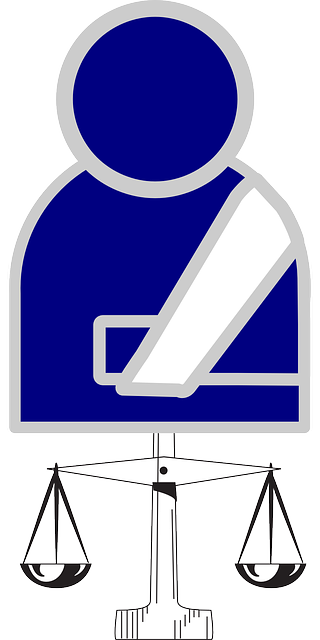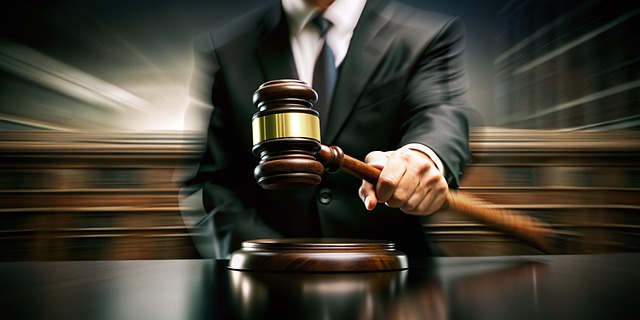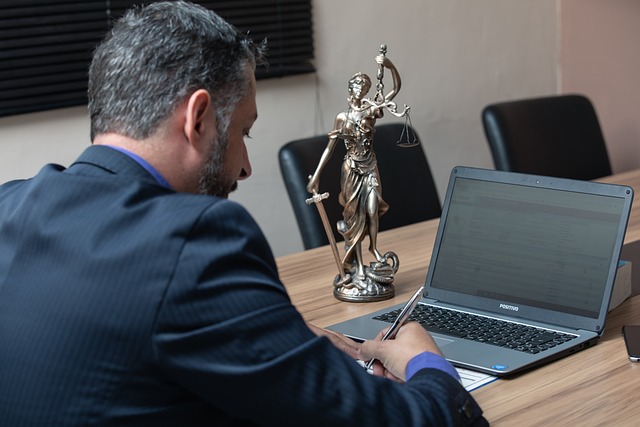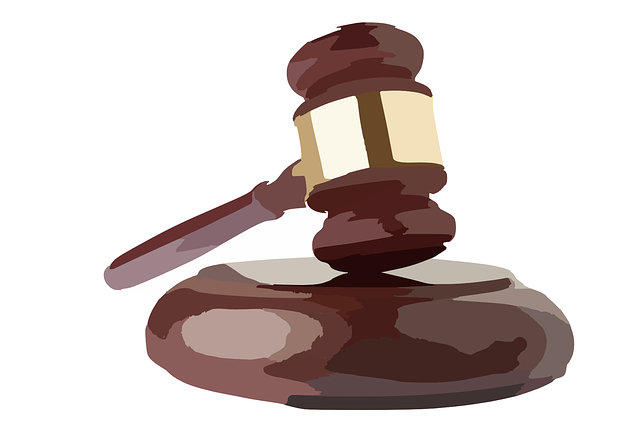Pedestrian accident injuries span a wide range, from minor to severe, with potential impacts on physical health, disability, long-term care needs, and financial burdens. Immediate emergency care and personalized rehab plans are crucial for recovery, which varies greatly based on injury type, age, health, and adherence. Engaging an experienced attorney ensures access to quality healthcare and fair compensation while navigating complex rehabilitation processes and timelines. Assistive devices and adaptive technologies further support victims' journeys towards regaining mobility and independence.
Pedestrian accidents can lead to a range of serious injuries, from fractures and brain traumas to internal bleeding and spinal damage. Understanding these injuries and their severity is crucial for victims navigating the road to recovery. This article delves into common types of pedestrian accident injuries and explores the physical rehab process, offering insights into expected durations and factors influencing recovery times. Learn about effective rehabilitation strategies tailored to specific injuries, empowering you with knowledge to support a swift and successful recovery.
- Understanding Pedestrian Accident Injuries: Types and Severity
- Physical Rehab Process and Expected Duration for Pedestrian Accident Victims
- Factors Affecting Recovery Time and Effective Rehabilitation Strategies
Understanding Pedestrian Accident Injuries: Types and Severity
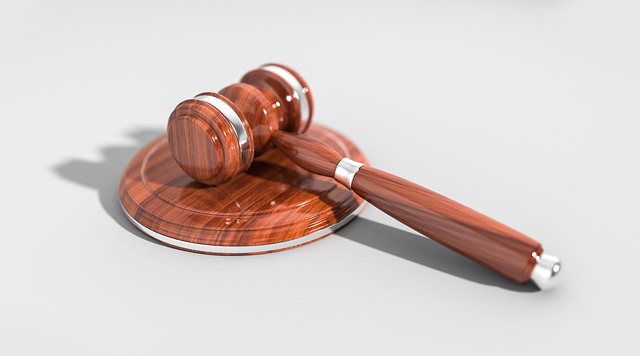
Pedestrian accident injuries can vary widely in type and severity, ranging from minor scrapes and bruises to life-altering conditions. Common types include soft tissue damage, fractures, head trauma, spinal cord injuries, and even wrongful death. The impact of these injuries extends beyond physical pain; they can lead to significant disability, long-term medical care needs, and substantial financial burdens.
Understanding the specific injury is crucial when navigating the process of physical rehab and determining a recovery timeline. Severe pedestrian accident injuries may require immediate emergency care, extensive medical treatments, and prolonged rehabilitation periods. Involving an experienced accident attorney becomes increasingly important in these cases, as individuals seek not only compensation for their injuries but also support to access quality healthcare and rebuild their lives.
Physical Rehab Process and Expected Duration for Pedestrian Accident Victims

The physical rehab process for pedestrian accident injuries varies based on the severity of the harm. It typically begins with an initial assessment by a healthcare professional to understand the extent of the injuries and develop a tailored treatment plan. This might include physical therapy, occupational therapy, or other specialized care to help victims regain mobility, strength, and independence.
Rehab duration can range from several weeks for less severe cases to months or even longer for more complex or critical injuries. Factors influencing this timeline include age, overall health, adherence to the treatment plan, and the individual’s capacity for recovery. Throughout rehab, patients are progressively challenged to rebuild their physical capabilities, with regular sessions and at-home exercises playing a crucial role in achieving optimal outcomes. Engaging the services of a qualified accident lawyer or car accident attorney can provide support and guidance during this challenging period, ensuring victims receive appropriate compensation for their injuries and related rehabilitation expenses.
Factors Affecting Recovery Time and Effective Rehabilitation Strategies
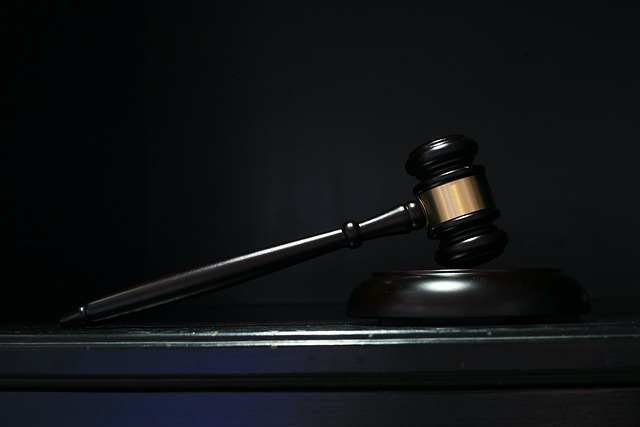
The recovery time for pedestrian accident injuries varies greatly due to several factors. Severity of the injury, age, overall health, and adherence to rehabilitation protocols play crucial roles in determining the duration of physical rehab. For instance, a minor bruise might heal within weeks, while more complex fractures or head traumas could require months or even years of intensive care and therapy.
Effective rehabilitation strategies are tailored to address specific injuries and individual needs. This may include physical therapy exercises, cognitive rehabilitation for brain injuries, and support groups to help patients cope with the aftermath of an accident. Early intervention and consistent follow-up sessions significantly enhance recovery outcomes, ensuring individuals can regain mobility, strength, and independence. Additionally, employing strategies like assistive devices and adaptive technologies can aid in the healing process and improve quality of life, even for those facing long-term rehabilitation challenges, such as in the case of slip and fall injuries or employment disputes leading to compensatory injury claims.
Pedestrian accident injuries can vary widely in severity, from minor cuts and bruises to life-altering traumatic brain injuries. Understanding these injuries and their potential impact is crucial for both victims and healthcare providers. The physical rehab process plays a vital role in restoring mobility, improving functional abilities, and enhancing the overall quality of life for those affected. By recognizing the factors influencing recovery time and implementing effective rehabilitation strategies, we can optimize outcomes for pedestrian accident victims. Effective management of these injuries and their associated rehabilitative needs is essential to help individuals regain independence and navigate the challenges that lie ahead.
